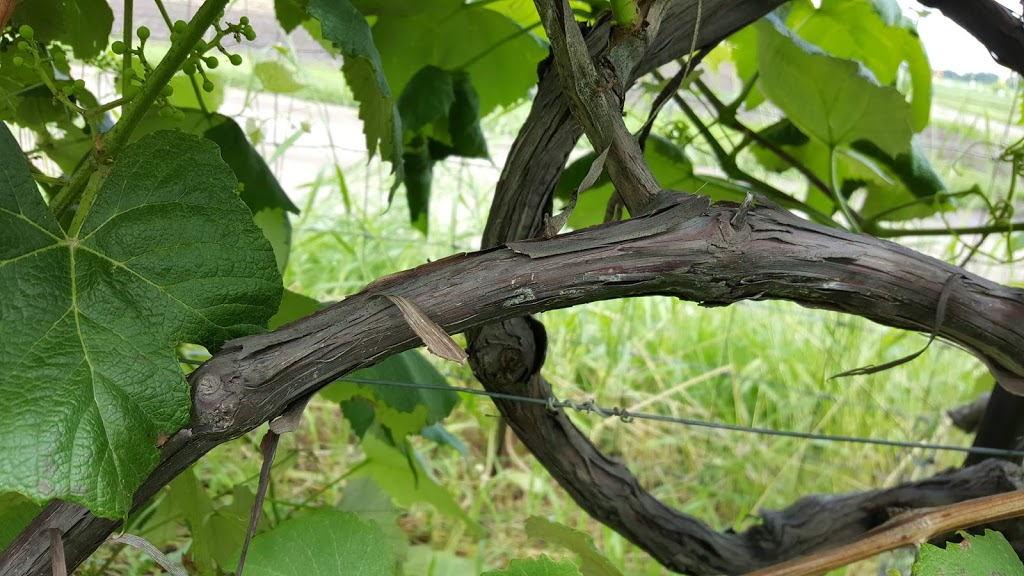Common Name: Catawba grape
Scientific Name:
Family: Vitaceae
Genus: Vitis
Species: labrusca 'Catawba'
Hardiness Zone: 5 to 8
Height: 5-7 ft
Width: 8-10 ft
Common Characteristics:
Catawba grapes are the leading grape in America for making wine and juice. The bark on this vine has a shredding appearance. The leaves can grow to be one foot wide with three lobes and toothed margins. Flowers bloom around May with fruits ripening from late September to October. The grapes are dark purple with a strong sweet flavor.
Where it Grows:
Catawba grape prefers acidic (pH 5.0-6.5), deep, well-drained sandy soils. It cannot tolerate wet or alkaline soils. Plant in full sun for best results.
How it's Used:
It is typically used for the table, wines, juice, jelly, and jam. Vines should be planted 6-8 feet apart and supported by a strong trellis or fence. Prune off 70-90% of the wood in the spring, leaving around 12 flower buds per branch on your vine. Maintain the grapevines throughout the growing season: remove vines that have no fruit; cut back leaves or vines to allow sun exposure for the fruit to ripen; attach arms to your trellis or fence.
Ecosystem Services:
Several wild animals and birds use the grapes as a food source and can help distribute seeds.
Where it is Native To:
Catawba grapes are a bunch-grape native to North America.
References:
